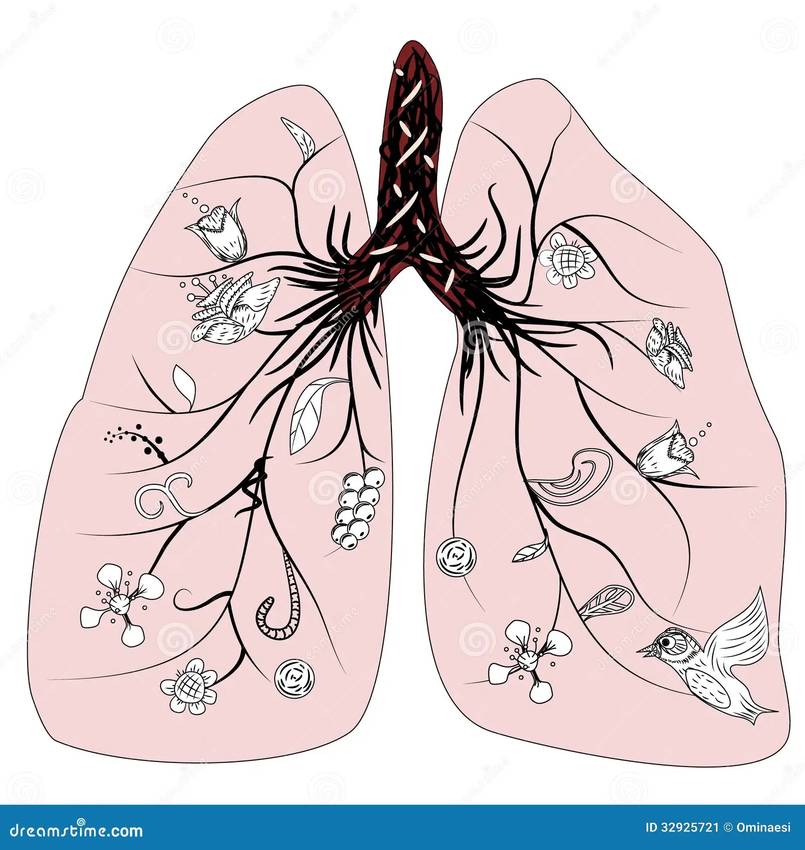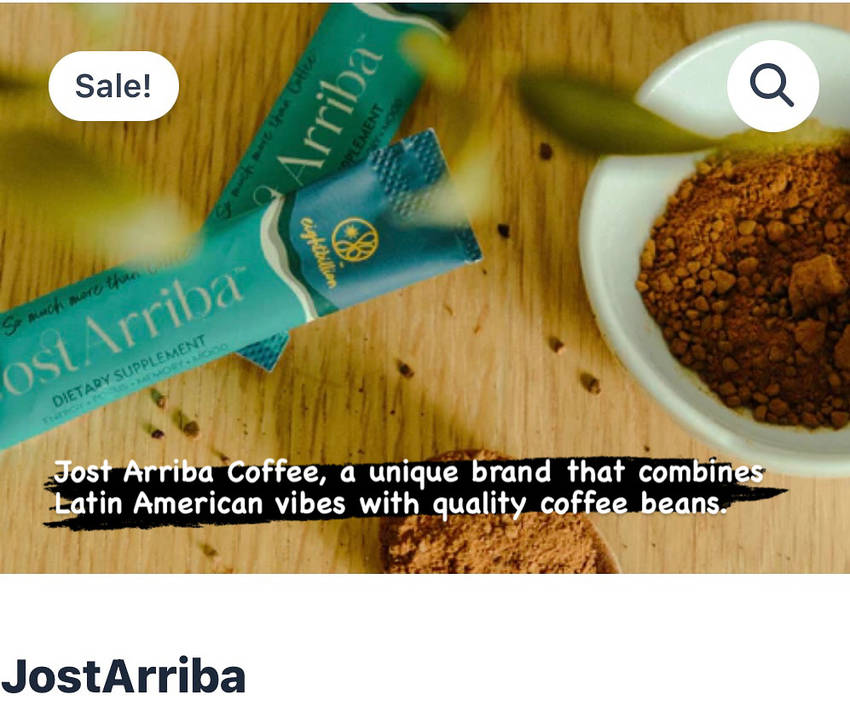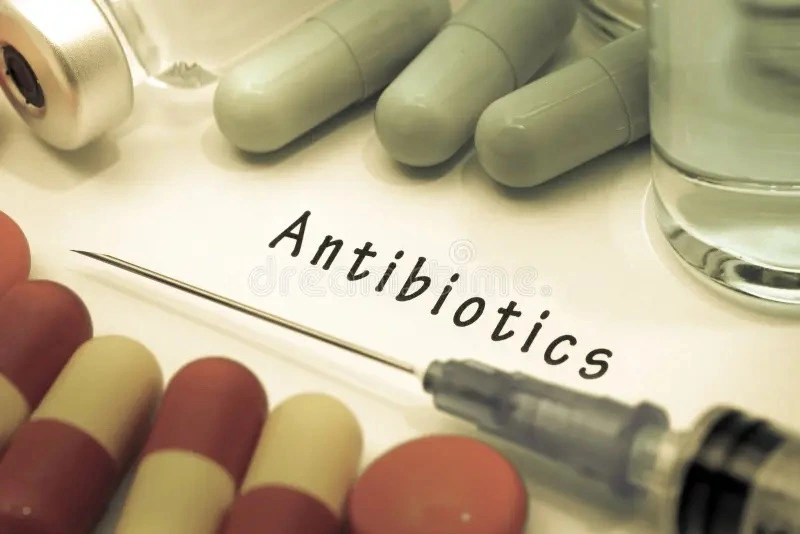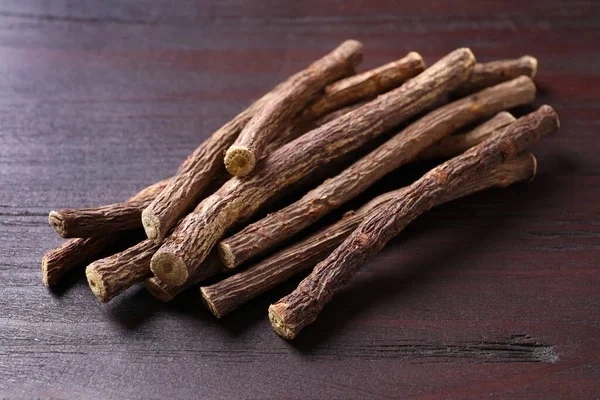Gut-to-lung communication aided by gut microbe
Jan
20
The protozoan Tritrichomonas musculis (T. Mu) is a newly discovered gut microbe that facilitates communication between the gut and lung, according to University of Toronto researchers.
This strain of gut microbe in the lung immune environment, has both beneficial and detrimental effects on our respiratory health, adds the December 19 2025 Medical Express report.
University of Toronto researchers found T. mu managed immune changes in the lung, which worsened airway inflammation caused by T. mu but appears to protects against respiratory infections.
Kyle Burrows of Simon Fraser University and molecular geneticist Dr. Jun Liu of U. Toronto working together found that T. mu-colonized in mice served as an antimicrobial shield in the airways, helping to contain tuberculosis infections, according to the Medical Express report.











